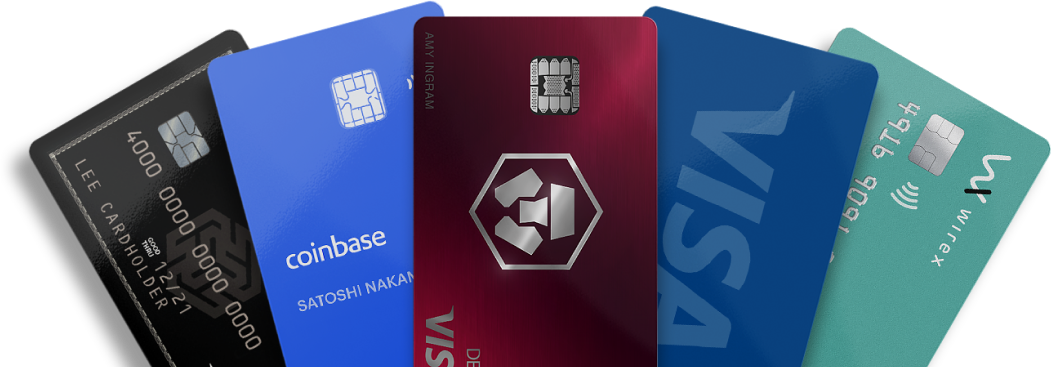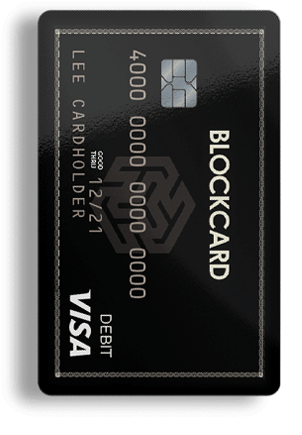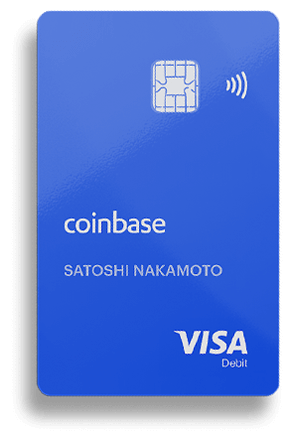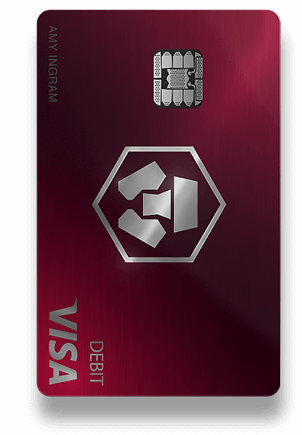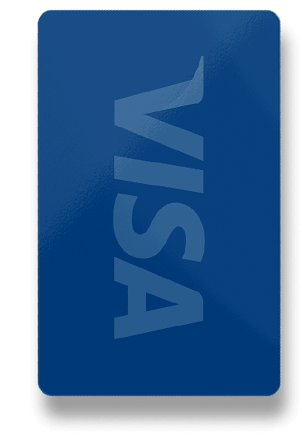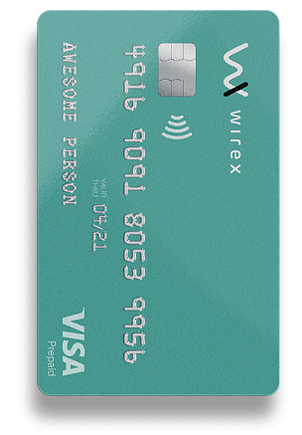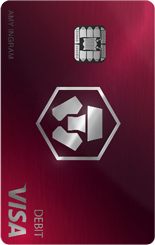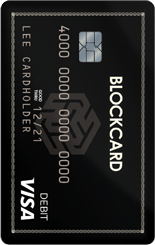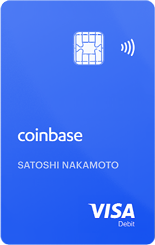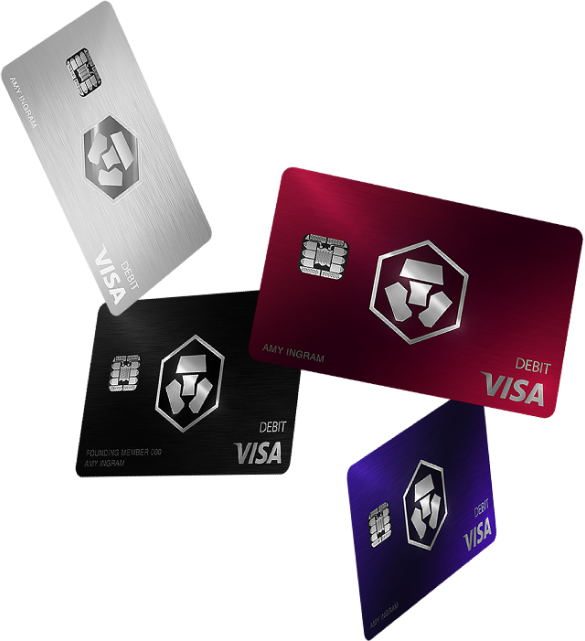
In June 2019, Coinbase launched its Visa debit card in six European countries. Customers in Spain, France, Italy, Ireland, Germany and the Netherlands are able to connect the cards to their Coinbase accounts to spend their cryptocurrencies at any merchant that accepts Visa cards. Coinbase previously introduced the debit card to its customers in the United Kingdom in April 2019.
Here are the card’s main features:
- The card comes in two formats: a mobile app for iOS or Android and a physical card that can be used to make cash withdrawals from ATMs.
- The Coinbase Card allows transactions worldwide in multiple cryptocurrencies, including Bitcoin (BTC), Ethereum (ETH) and Litecoin (powered by the user’s Coinbase account crypto balances).
- The card will be supported by an app that enables users to select which crypto wallets are used when spending.
- The app provides receipts and transaction summaries.
Coinbase Card is issued, authorized and regulated by the electronic money institution Paysafe Financial Services Limited.





